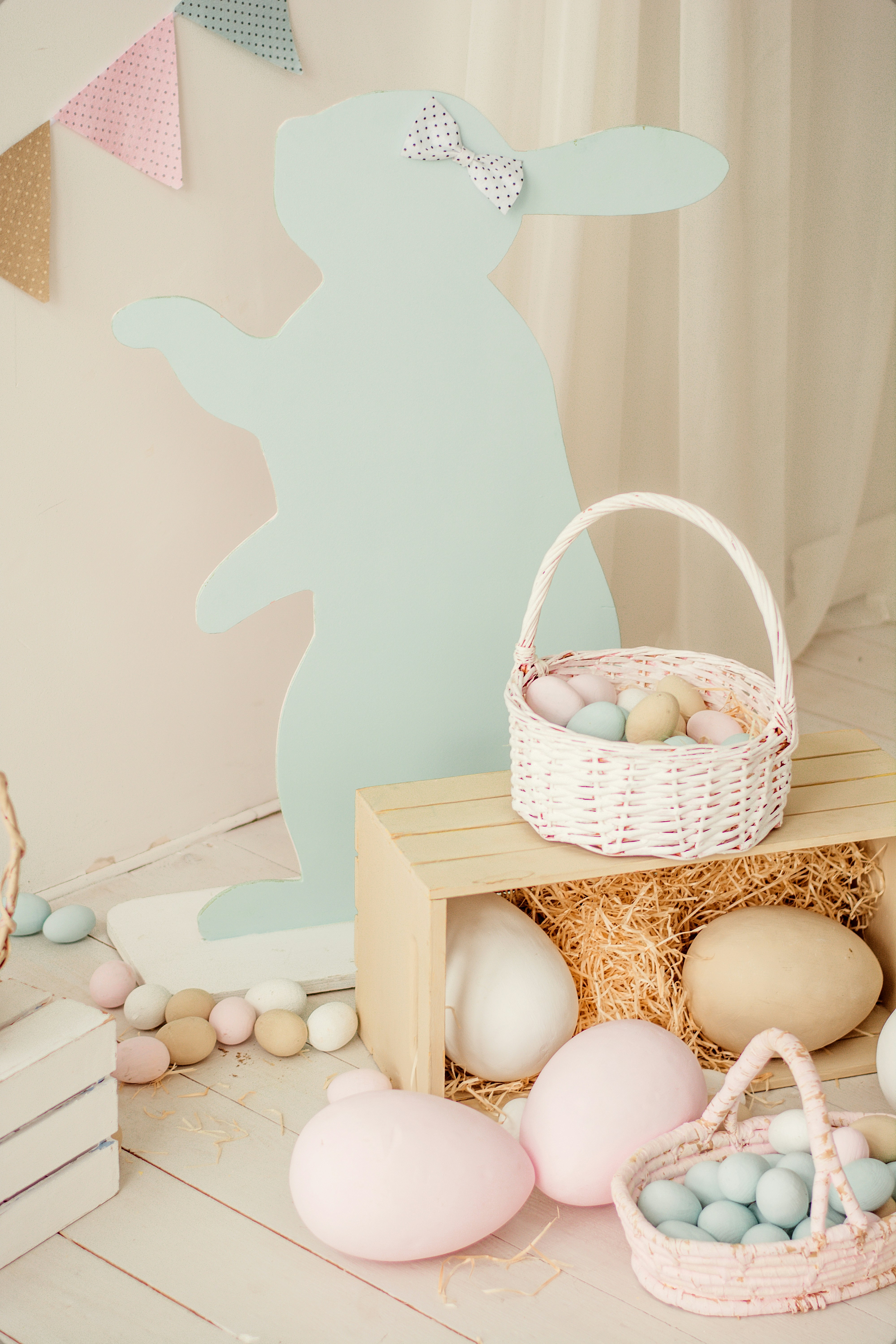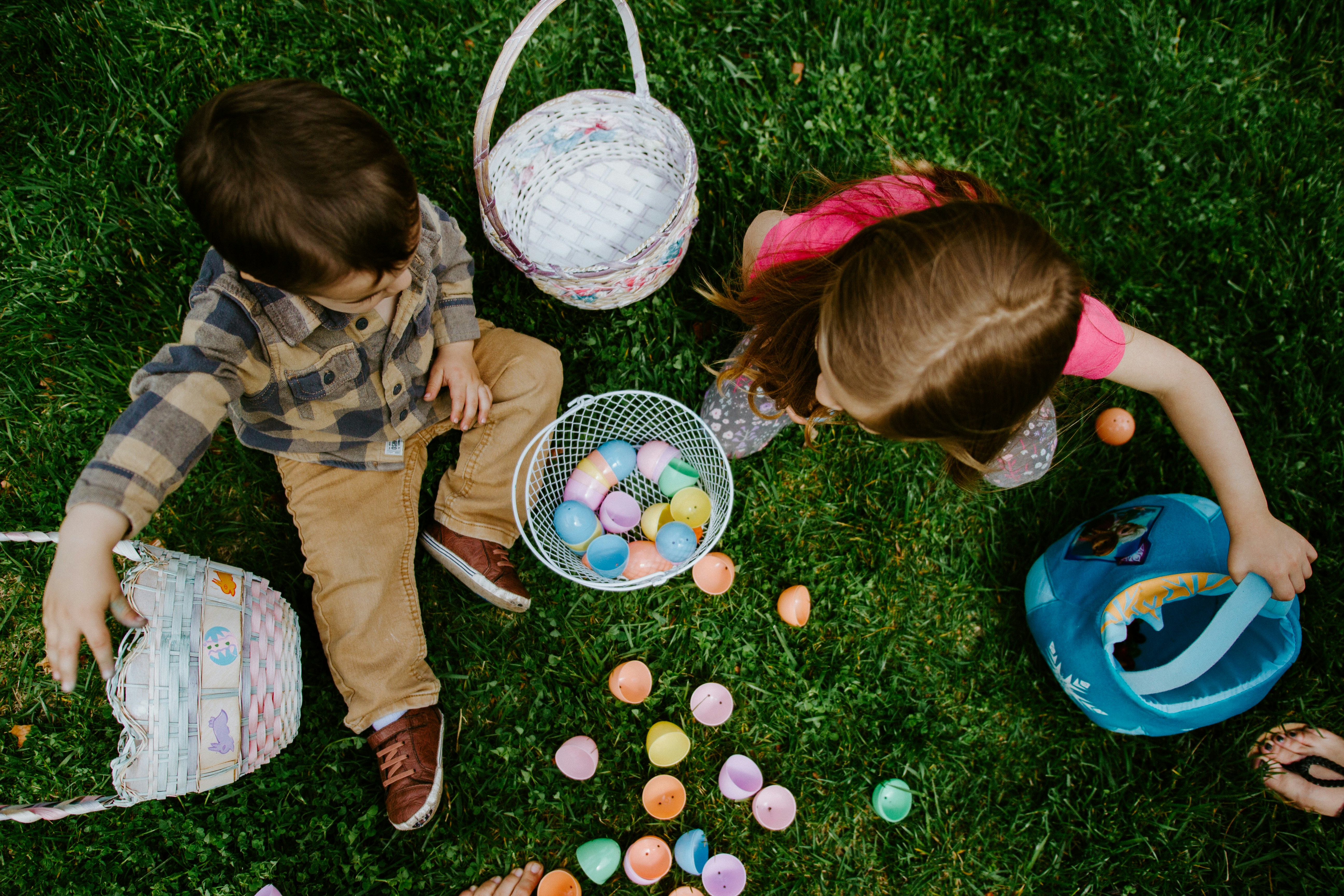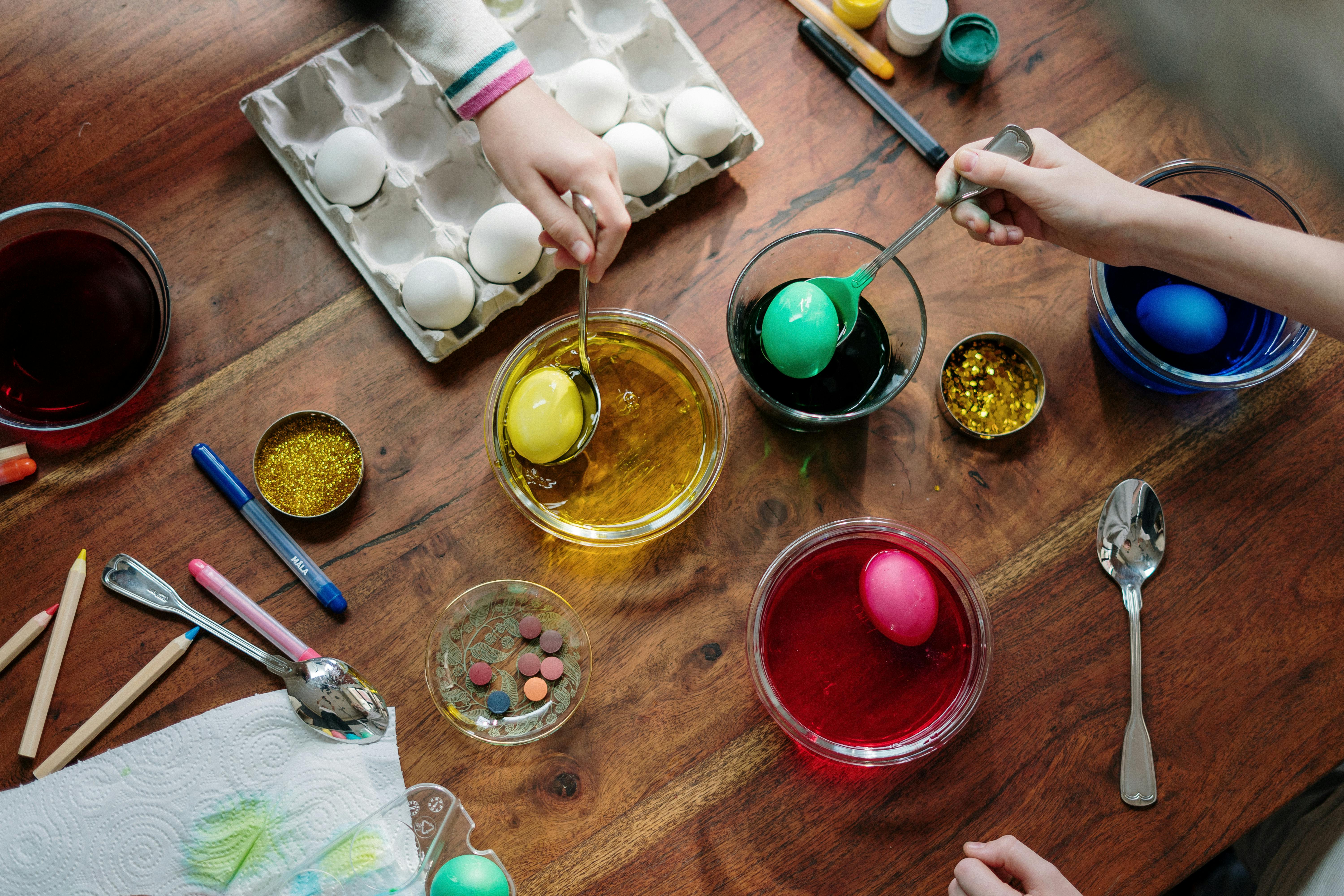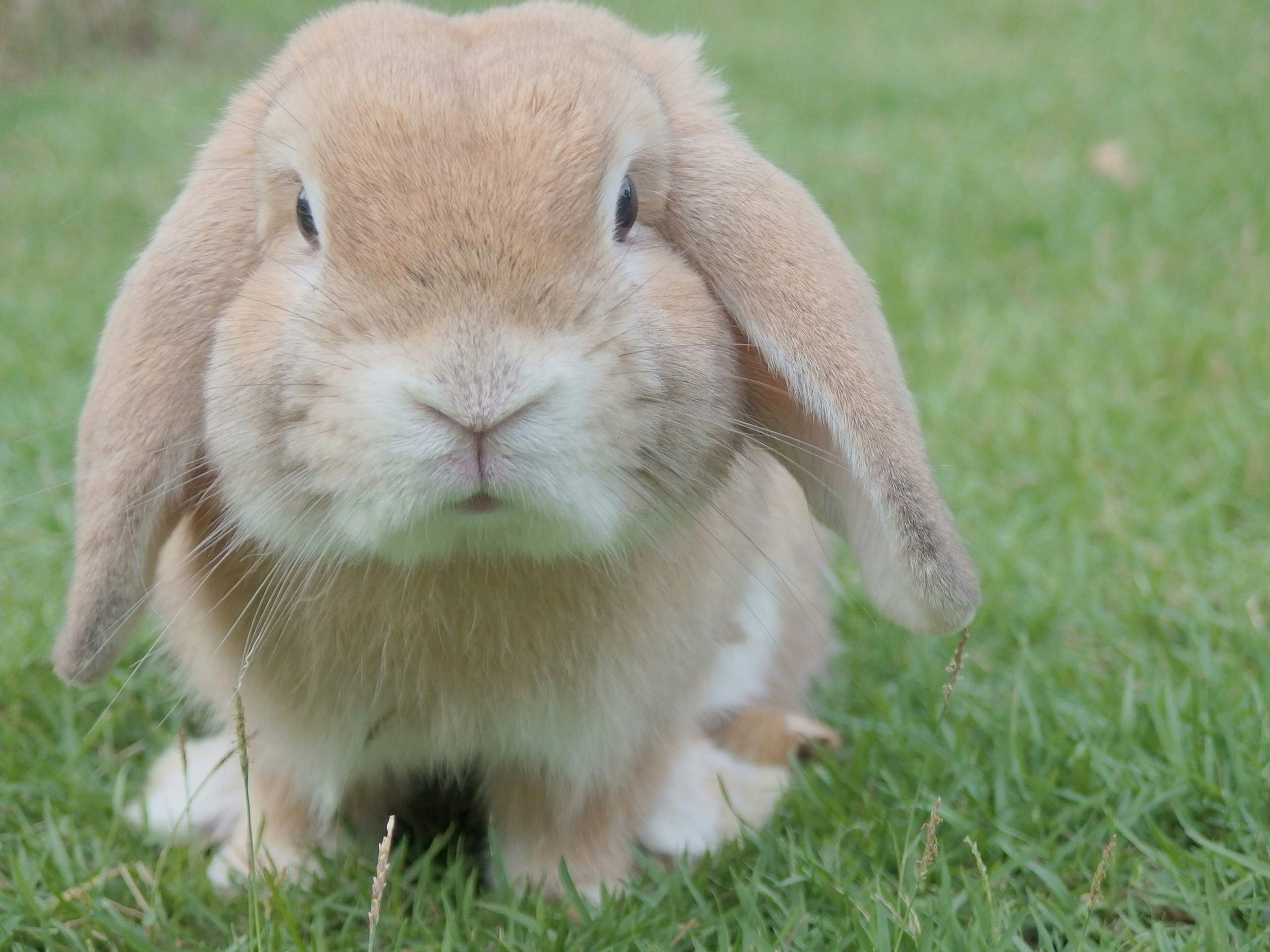
Spring flowers, baby animals, and chicks hatching from their shells herald the arrival of spring and Easter. In many countries including the United States, Easter can be as much about the Easter Bunny, egg hunts, and candy as it is about the Resurrection of Jesus Christ. But what does the Easter Bunny have to do with the Religious holiday we call Easter?
Rabbit Symbol
In many European Countries including England, the Easter Bunny is known as the Easter Hare. As prolific procreators, hares have for centuries represented fertility and new life. In that role, hares show up in ancient art next to mythical gods and with the Virgin Mary. Archeologists have even found their bones in ritual burial sites next to human remains dating back to the Stone Age.
Origin of Easter

The mythical Anglo-Saxon goddess, Eostre, is often depicted in art with a hare, representing rejuvenation and fertility. This might account for Eosturmonath (Eostre Month), becoming a spring celebration to honor the Anglo-Saxon fertility goddess. However, many experts believe that Eostre and her hare may have been a local protective deity rather than a fertility figure. Others believe that the word Easter may not have come from the German goddess, but rather from a Latin phrase meaning dawn, which in Old High German is eostarum. This led to the English and German word Easter. Which theory is correct remains a matter of debate.

Easter Eggs
Painting and decorating eggs at Easter time dates back to the 13th century. During Holy Week, the church prohibited eating eggs, among other things. Since chickens continued to lay that week, those eggs became holy. What does one do with Holy Eggs? Decorate them, of course! From that tradition sprang the symbolism of the egg in connection with the Resurrection of the Lord. The egg symbolizes new life emerging from the shell just as Jesus rose from the dead and emerged from the tomb, reborn as the immortal Savior.

A Rabbit Who Delivers Eggs and Candy
The tradition of a hare or bunny who delivers eggs for children to find, either in their baskets or in the yard, is German in origin. The custom later spread to other Protestant areas in Europe. 17th-century records describe children hunting for eggs hidden by Osterhase or the Easter hare. The Easter hare is said to lay the eggs (is that the counterpart of the platypus?) as well as decorate and hide them.
English records from that same period report hunting the Easter hare and eating its meat as part of the holy day’s feast to commemorate Jesus’ rebirth, or possibly to ensure their own.
In the United States, the custom of an Easter bunny who delivers eggs, candy, and other gifts didn’t begin on a widespread scale until the early 1900’s.

Spring and Easter
How fitting it is that Easter takes place after winter’s barren cold. Leaves bud, flowers bloom, baby bunnies hop about, and birds, chicks, and ducklings emerge from their eggs.
Regardless of its original religious connection, as a famously prolific furry creature that mates in the spring, the Easter Bunny (or hare) is an iconic symbol of rebirth and new life and, of course, Easter.
May we remember that Easter is not really about lilies and daffodils, baby chicks and bunnies, or chocolate eggs. It is truly about the Lamb of God who paid the price for our sins, sacrificed His life, and was resurrected on the third day that we, too, might live again.
However you celebrate it, Happy Easter!

https://www.smithsonianmag.com/history/the-ancient-origins-of-the-easter-bunny-180979915/
https://www.history.com/topics/holidays/easter-symbols
https://time.com/3767518/easter-bunny-origins-history/
https://www.britannica.com/topic/Easter-holiday/Liturgical-observances
https://www.britannica.com/topic/What-Does-the-Easter-Bunny-Have-to-Do-with-Jesus

I enjoyed reading this post, thanks for sharing.
I’ve wondered about the Easter bunny for years. Great post!
Reading your blog is a highlight! Thank you for your time in research and writing. When your work pops up in my email a big smile crosses my face. I hope your Easter was beautiful🐰
Thank you, Raeni. So lovely of you to say!
Thank you for this lovely article, Donna!